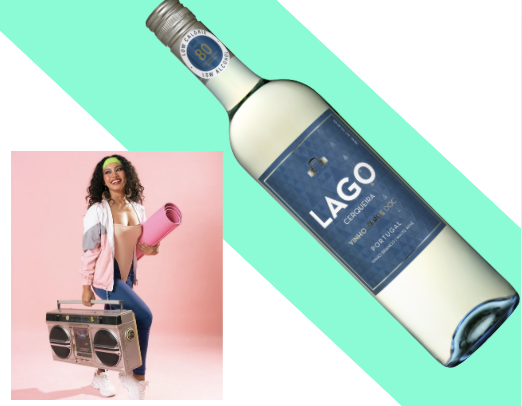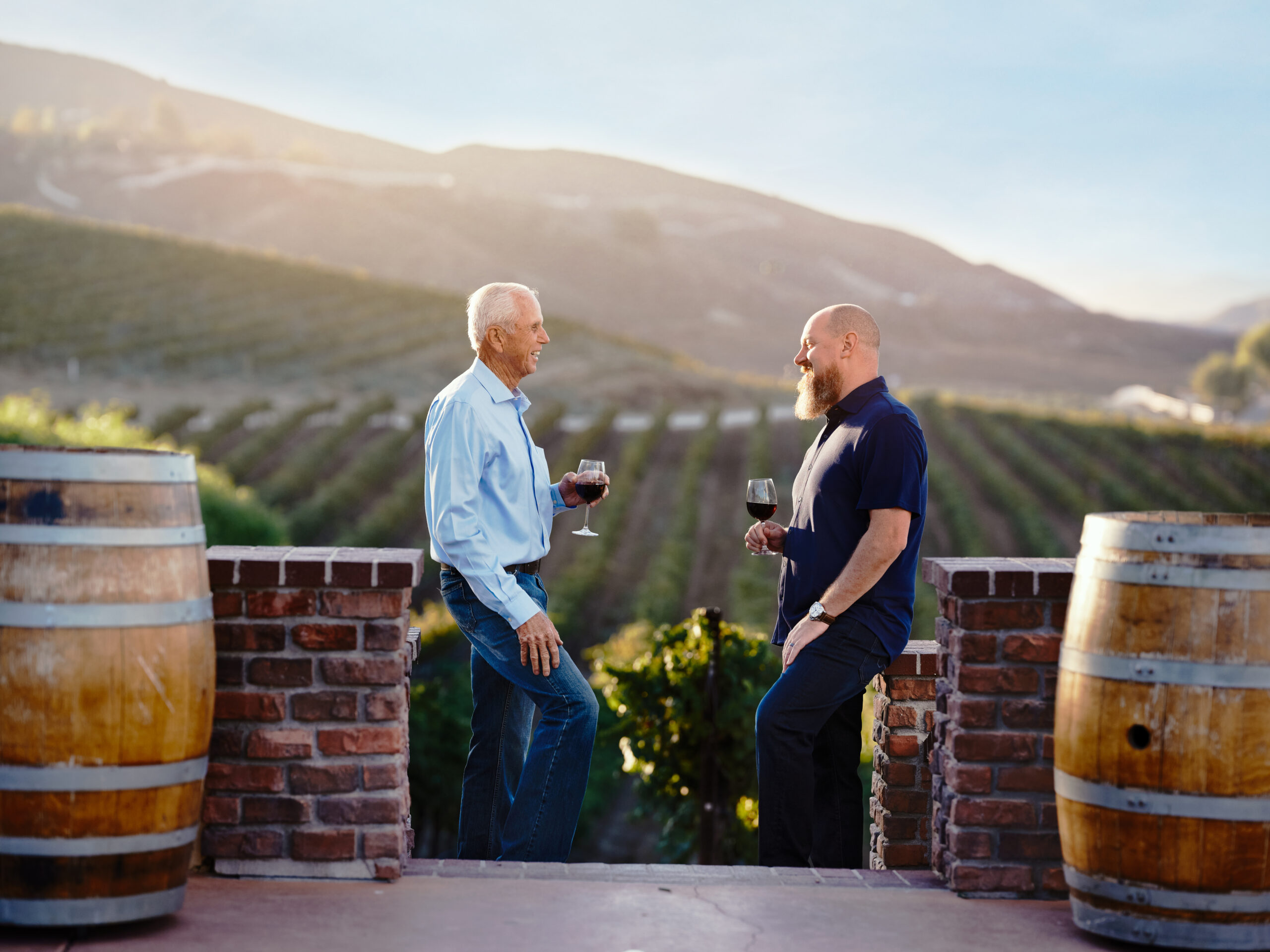
The Rise of Low-Alcohol and Low-Calorie Wines
By Carrie Dykes
As health-conscious consumers seek balance between enjoyment and wellness, the demand for low-alcohol and low-calorie wines has surged. Driven by trends toward mindful drinking, calorie awareness, and overall healthier lifestyles, these wines offer a way to enjoy the pleasure of wine while reducing alcohol intake and caloric consumption.
Traditionally, wines with high alcohol content have also carried higher calories, as alcohol contributes roughly seven calories per gram. According to the USDA, a glass of wine (5 ounces) of most dry wines has about 120 calories. For those watching their intake but not wanting to forgo a glass with dinner, low-alcohol and low-calorie wines provide an attractive alternative.
 Interestingly, some wines are naturally low in alcohol without requiring technological manipulation. Take Vinho Verde, for example, a refreshing white wine from Portugal. Its naturally lower alcohol levels, typically between 9-11%, make it a perfect option for warm days or light meals. Slightly spritzy, crisp, and vibrant, Vinho Verde delivers flavor without compromise. Another standout is Txakoli, a light and zippy white wine from Spain’s Basque Country, often ranging between 9-11% ABV, with its saline edge and citrusy freshness making it a favorite among fans of lighter wines. Similarly, many wines from cooler climates—like Muscadet from the Loire Valley or lighter styles of Beaujolais—tend to offer lower alcohol levels naturally.
Interestingly, some wines are naturally low in alcohol without requiring technological manipulation. Take Vinho Verde, for example, a refreshing white wine from Portugal. Its naturally lower alcohol levels, typically between 9-11%, make it a perfect option for warm days or light meals. Slightly spritzy, crisp, and vibrant, Vinho Verde delivers flavor without compromise. Another standout is Txakoli, a light and zippy white wine from Spain’s Basque Country, often ranging between 9-11% ABV, with its saline edge and citrusy freshness making it a favorite among fans of lighter wines. Similarly, many wines from cooler climates—like Muscadet from the Loire Valley or lighter styles of Beaujolais—tend to offer lower alcohol levels naturally.
Low ABV Does Not Always Mean “Light”
Take Germany’s Riesling Kabinett—these wines often clock in between 8-10% ABV, maintaining bright acidity and concentrated flavors. However, these wines are made from grapes containing 148–188 grams of sugar per liter (around 5 grams per glass). For reference, a glass of dry wine typically contains around 1-3 grams of sugar per glass. For those looking for wines specifically crafted to be lower in calories, producers are increasingly releasing “light” options. Brands like Giesen Pure Light and Arlow promote wines that are lower in alcohol (around 8-9%) and lower in calories (50-70 calories—half the amount of average wine) while remaining flavorful and approachable.
Ultimately, the rise of low-alcohol and low-calorie wines reflects a growing desire for moderation without sacrificing quality or enjoyment. Whether naturally occurring or purposefully crafted, these wines invite drinkers to savor every sip mindfully and guilt-free.
You may also like

Boring Plant-Based Dishes? ‘Not in My Kitchen!’
She says Cauliflower is very versatile and easy to work with as an ingredient, side or main dish. Pl
The Life, Vices And American Dreams of Malek Amrani
Whether driven by the concept of the American dream, the Amrani dream or a soul that has some unfini

For a European Wine Country Experience in The U.S., Head to Temecula
It’s as if Temecula was planned to be a kitchen sink of some of the best parts of a European vacat






